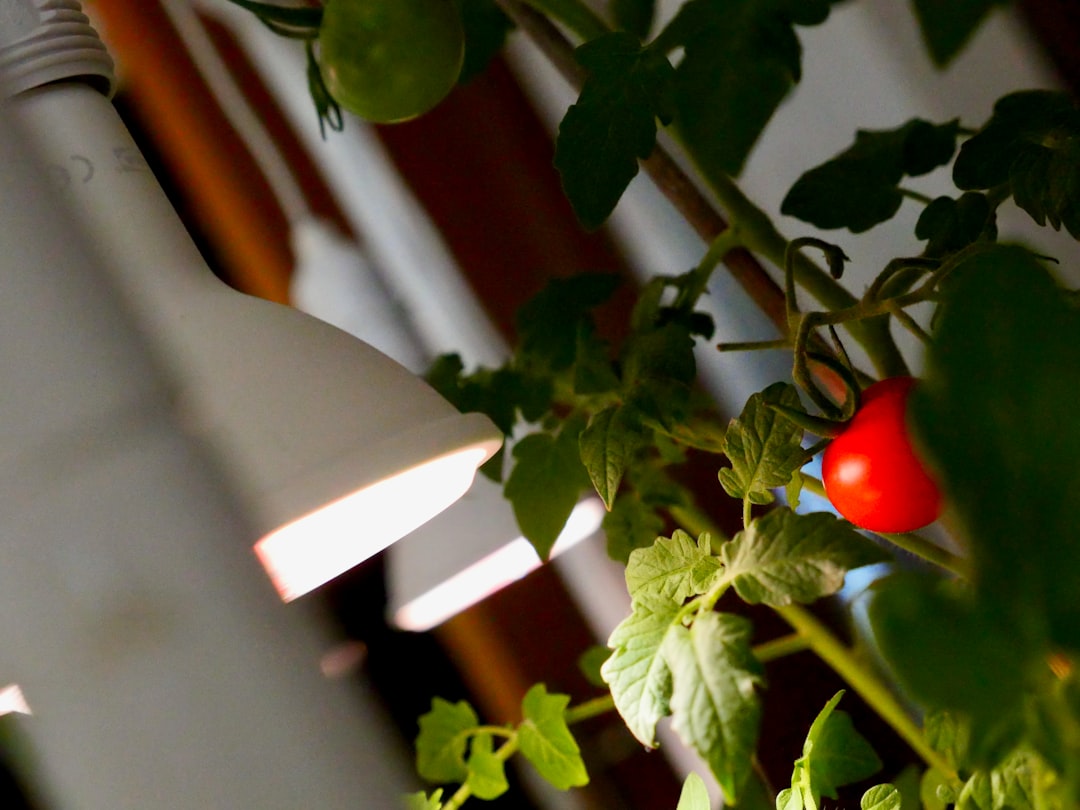The Golden Beauties in Your Garden

In the realm of gardening, there exists a plant that stands tall and proud, bringing a burst of sunshine to any landscape. The false sunflower, a remarkable perennial, is a true gem in the world of flowers. With its vibrant yellow daisy - like flowers, it has the power to transform an ordinary garden into a cheerful and inviting haven.
False sunflowers, scientifically known as Heliopsis helianthoides, are native to North America. Their tall stature, often reaching up to 6 feet in height, makes them a prominent feature in any garden bed. The stems are sturdy and upright, providing a strong foundation for the numerous blossoms that adorn them.
One of the most appealing aspects of false sunflowers is their long - blooming period. These plants typically start flowering in mid - summer and continue well into the fall. During this time, the garden is filled with a profusion of yellow flowers that seem to glow in the sunlight. Each flower is composed of a central disk flanked by bright yellow ray florets, creating a classic daisy shape that is instantly recognizable and beloved by many.
From a gardening perspective, false sunflowers are relatively easy to grow. They are adaptable to a wide range of soil conditions, as long as the soil is well - drained. They thrive in full sun, although they can tolerate partial shade. This makes them suitable for various garden settings, whether it's a large open garden or a smaller urban plot.
When it comes to maintenance, false sunflowers are low - maintenance plants. They are drought - tolerant once established, which means less watering for the gardener. Deadheading, or removing the spent flowers, can encourage more blooms and keep the plant looking tidy. Additionally, dividing the plants every few years can help maintain their vigor and prevent overcrowding.
False sunflowers are not only beautiful but also beneficial for the ecosystem. Their nectar - rich flowers attract a variety of pollinators, such as bees and butterflies. These insects play a crucial role in the pollination process, which is essential for the reproduction of many plants. By including false sunflowers in your garden, you are creating a habitat for these important creatures and contributing to the overall health of the environment.
In terms of design, false sunflowers can be used in a variety of ways in the garden. They make excellent backdrops for shorter plants, adding height and structure to the garden bed. They can also be planted in mass for a bold and dramatic effect. When combined with other perennials, such as purple coneflowers or black - eyed Susans, they create a colorful and dynamic display.
Another advantage of false sunflowers is their ability to naturalize. Over time, they can spread and form large colonies, creating a wildflower - like appearance. This is especially appealing for those who want to create a more natural and informal garden style.
It's important to note that while false sunflowers are generally easy to grow, they do have a few potential issues. They can be susceptible to powdery mildew, especially in humid conditions. To prevent this, it's important to provide good air circulation around the plants and avoid overhead watering. Additionally, some pests, such as aphids, may occasionally attack the plants. However, these problems can usually be managed with organic pest control methods.
In conclusion, false sunflowers are a wonderful addition to any garden. Their bright yellow flowers, long - blooming period, easy care requirements, and ecological benefits make them a top choice for both novice and experienced gardeners. Whether you're looking to add a splash of color to your garden or create a haven for pollinators, false sunflowers are sure to deliver. So, why not consider planting these golden beauties in your garden this season and enjoy the many rewards they have to offer?